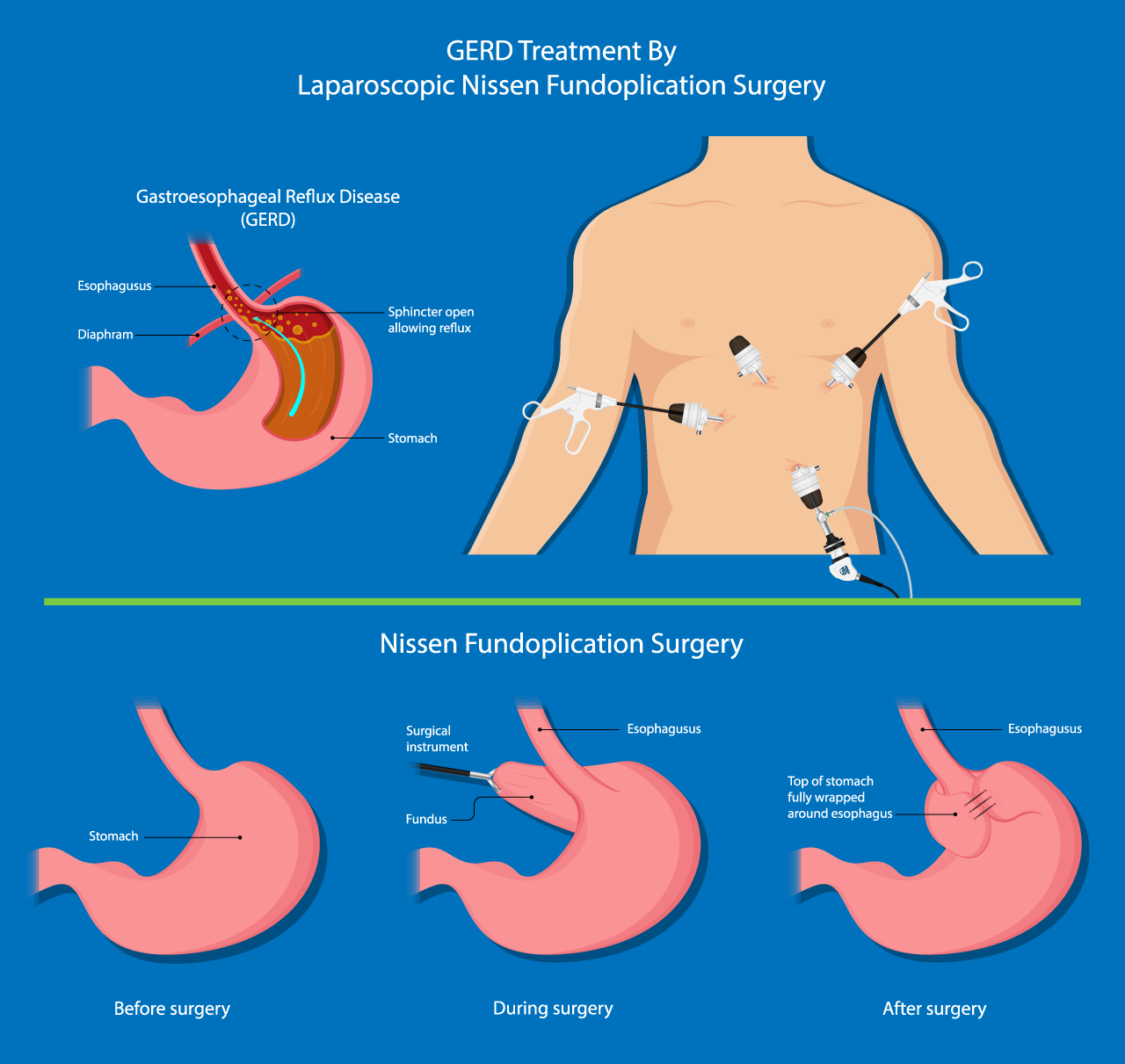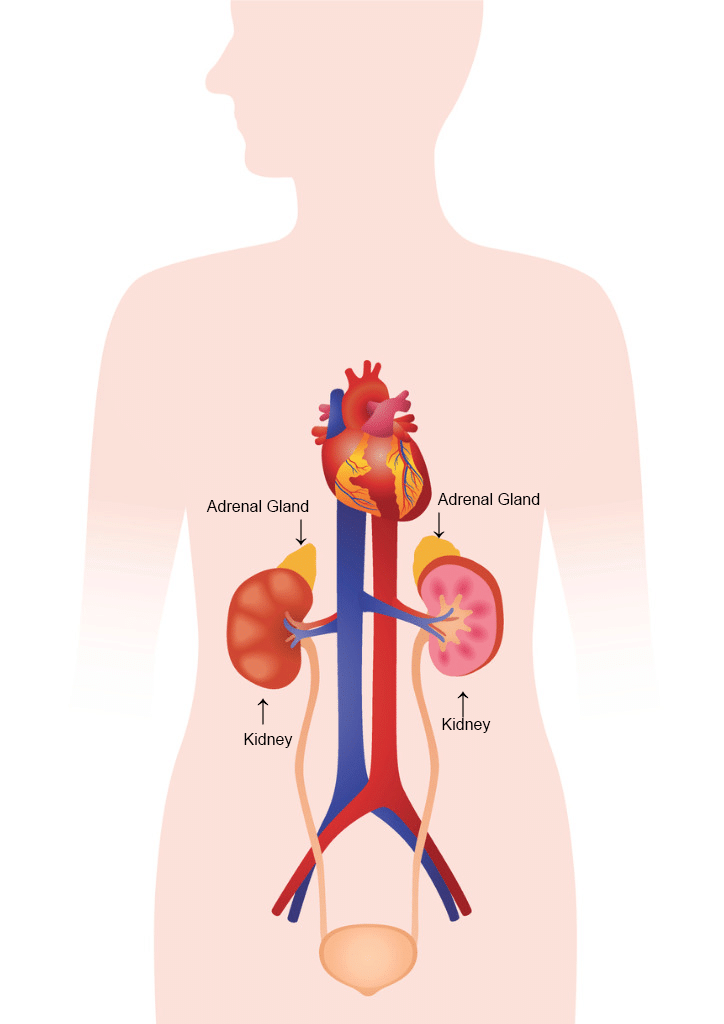Anti-Reflux (GERD) Surgery Patient Information from SAGES
GERD is a condition that happens when some of your stomach juices flow back into your esophagus (the tube that connects your mouth with your stomach). It is a very common condition. Many adults in the United States have heartburn or GERD at least once a month
Your doctor can repair a hernia with surgery to bring the tissue together and close the gap. They may use mesh to provide further strength. This can be done through a single large incision, or cut. Doctors call this “open” surgery), or through several small incisions (called laparoscopic or robotic surgery). The operation is called laparoscopic or robotic ventral hernia repair. It is a type of minimally invasive surgery. You may recover faster from minimally invasive surgery and have less pain.
Mesh is an implant used by your surgeon to improve the chances of a successful hernia repair. It is a sheet of material often used to reinforce a hernia repair.
Surgery is Safer with Vaccination – Patient Information from SAGES
SAGES and your surgeon strongly recommend being fully vaccinated with the COVID-19 vaccine at least 2 weeks prior to your surgery to make your surgery safer.
Adrenal Gland Removal (Adrenalectomy) Patient Information from SAGES
If your doctor finds an adrenal gland tumor or thinks you might have one, you may need blood and urine tests. These will show if the tumor is making extra hormones. You might also need imaging tests, such as a CAT scan (CT scan), MRI, or other scans to find the tumor.
If the tumor is small and not causing health problems, your doctor might just check it with repeat blood or urine tests and a scan every year. If it is large, might be cancerous, or makes extra hormones, your doctor will probably recommend surgery to remove it.


